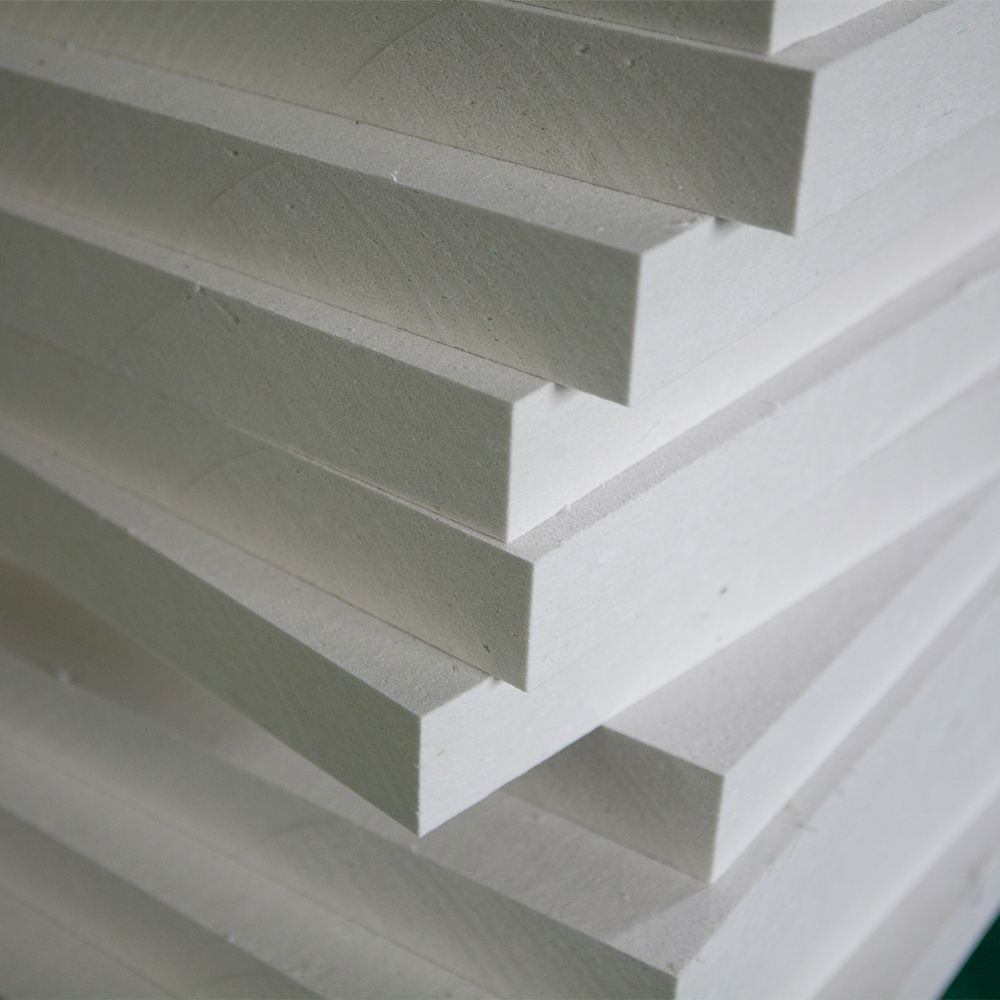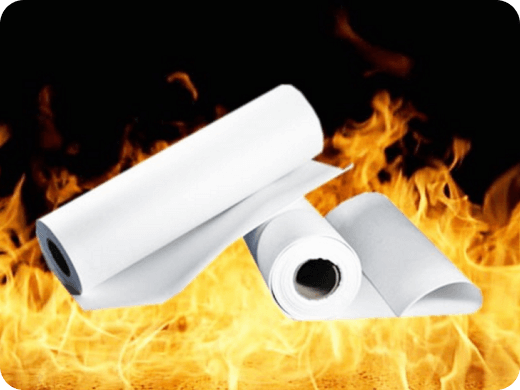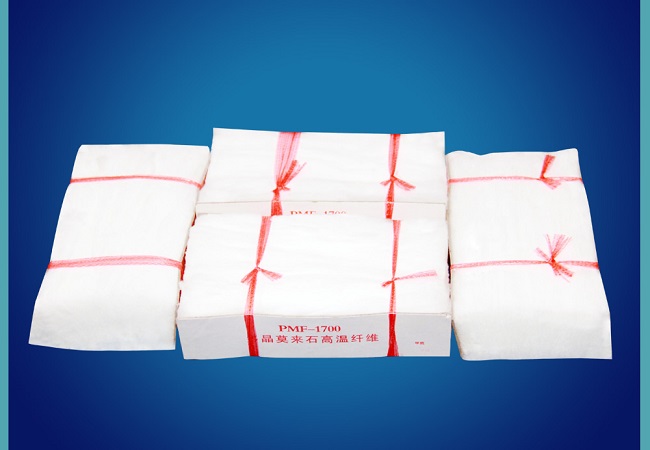The average lifespan of ceramic fiber board typically ranges from:
depending on usage conditions, installation quality, and environmental factors.
Some high-performance boards used in controlled environments may last even longer, while boards exposed to frequent mechanical stress or poor installation may degrade sooner.
Each ceramic fiber board has a maximum rated temperature (commonly 1260°C to 1430°C / 2300°F to 2600°F).
Operating consistently near the upper limit can reduce lifespan.
Thermal cycling (repeated heating and cooling) also causes material fatigue over time.
Rapid temperature changes can cause cracking or structural damage due to expansion and contraction stresses.
Avoid sudden heating or cooling.
Follow recommended ramp-up and cool-down procedures.
Excessive pressure, vibration, or poor installation support can cause:
Crumbling
Surface erosion
Structural cracking
Use reinforced or high-density boards in demanding environments.
Ceramic fiber boards are not waterproof. When exposed to water:
Their structure may weaken.
Rapid heating of a damp board can lead to cracking or even disintegration.
Always store and install boards in dry conditions.
In highly corrosive or acidic environments (e.g., in petrochemical furnaces), the board may degrade faster. Use boards designed for chemical resistance in such cases.
Select a ceramic fiber board that matches your temperature range and operating environment:
Standard for general heat containment
High-purity or zirconia-enhanced for extreme temperatures
Reinforced for mechanical durability
Use the correct cutting tools and fasteners
Avoid over-tightening
Ensure flat, supported surfaces
Seal joints and apply rigidizer or coating for extra protection
Keep boards in dry storage
Avoid wet cutting unless fully dried before use
Don’t install in direct contact with water or steam unless specified safe
Periodically inspect the board’s surface for cracks, erosion, or fiber loss
Replace any damaged panels before they compromise system performance
Replace the board if you observe:
Deep cracks or crumbling edges
Delamination or fiber shedding
Surface glassy deposits (indicates overheating)
Reduced insulation performance or energy efficiency
Q1: Can ceramic fiber board last 10 years?
Yes — in low-stress, well-maintained environments, high-quality ceramic fiber boards can last up to 10 years or more.
Q2: Does the board degrade over time even if not used?
Not significantly, if stored in a dry, stable environment. Avoid exposure to moisture or heavy weight.
Q3: What happens if I exceed the rated temperature?
The board may melt, sinter, or lose structural integrity, dramatically shortening its lifespan.
Ceramic fiber boards can offer long-lasting insulation when selected, installed, and maintained correctly. While their typical lifespan ranges from 3 to 10 years, this can be extended significantly with the right conditions and care.
✅ Choose the right grade
✅ Avoid thermal shock and moisture
✅ Install properly and inspect regularly
By following these guidelines, you’ll get the maximum value and performance out of your ceramic fiber insulation investment.


